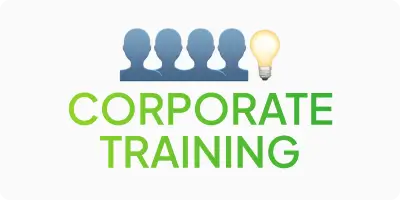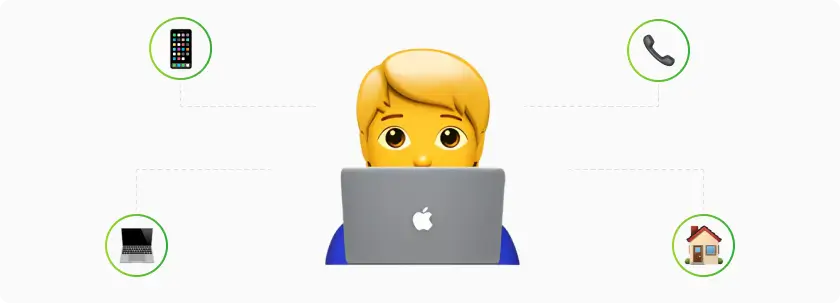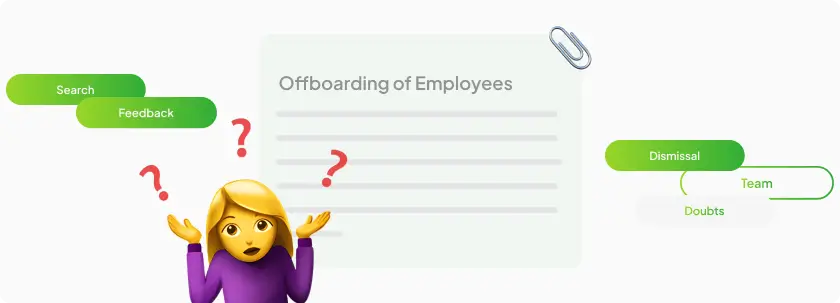
IT (information technology) is the largest and fastest growing industry in the modern world. But what exactly does the IT industry consist of, what does it include, and why has it become so popular among modern professionals? After all, all people have at least once thought about starting to work in IT, thinking that it is easy and you can earn a lot of money. Is it really so?
What is IT?
Information technology is a set of methods, processes, and software that collect, store, process, protect, and transmit information. Now it’s clearer why a lot of money is spent in IT, because information is the most important and expensive resource. IT includes a variety of areas, such as:
Software development
- Web development: creation of websites and web applications. It includes front-end (HTML, CSS, JavaScript) and back-end (server side, database).
- Mobile development: development of applications for mobile devices on iOS and Android platforms.
- Desktop software development: creation of programs for desktop computers using C++, C#, and Java programming languages.
Network technologies
- Network administration: setting up and maintaining local and global networks. This ensures the maintenance of the network infrastructure, its continuous operation, and data security. This is very important for companies, educational institutions, and anything else.
- Network protection: ensuring the security of networks from unauthorized access and attacks.
- Telecommunications: managing data transmission and communication systems.
Cybersecurity
- Data protection: development of strategies and technologies to protect information from theft and loss.
- Ethical hacking: testing systems for vulnerabilities in order to improve them.
- Cybercrime investigation: analyzing incidents and identifying online criminals.
Databases
- Database administration: managing database systems (SQL, NoSQL), ensuring their integrity and availability.
- Database development: creation and optimization of data structures for efficient storage and access to information.
Data analytics
- Big data: analysis of large amounts of data using specialized tools.
- Data Science: the use of statistical methods and machine learning to identify patterns and make predictions.
- BI (Business Intelligence): the use of tools to analyze business data and make decisions.
Cloud technologies
- Cloud Computing: development and management of cloud services (AWS, Azure, Google Cloud).
- DevOps: the combination of software development and operations to make IT teams more efficient. The main idea is to integrate and automate processes.
Artificial intelligence and machine learning
- AI Development: the development of artificial intelligence that mimics human thought processes.
- Machine Learning: creation of algorithms that allow computers to learn and evolve based on data.
Game Development
- Game Development: creation of computer video games.
- Game Design: development of concepts, mechanics, and scenarios for games.
Augmented virtual reality (AR/VR)
- AR/VR Development: development of applications for augmented and virtual reality.
- Content for AR/VR: development of 3D models and interactive content.
Automation and robotics
- Robot development: creation and programming of robotic systems.
- Process automation: the use of technologies to automate production and business processes.
In other words, the IT sector includes many different areas, but all of them are in one way or another related to the collection, processing, storage, or transmission of information. But how do you get into IT and find a job in this field?
How to find a job in IT?

- Determine your specialization: first, you need to determine which of the above areas you would like to work in and which one suits you best.
- Gain the necessary knowledge and skills: To be competitive in the labor market, you need to have the appropriate knowledge and skills. Take online courses in your chosen field, get a certificate, or go to university to study for a degree.
- Create the right resume and portfolio: in order to stand out among other candidates, you need to catch the employer’s eye with your resume and arouse interest in your candidacy. Indicate the points of contact with the company in your cover letter and your main skills in your resume. This will help you start your professional career in IT and move up the career ladder over time.
- Use professional networks and platforms to find a job: LinkedIn can help you not only find new professional contacts in IT, but also improve your knowledge of the field. And with the help of job search platforms, you can find a future employer and tell them about your expertise.
- Prepare for the interview: Interviewing skills are a very important element in IT, because it is at this stage that you can show your full expertise and impress the employer. If you show the right side of yourself at the interview, your dream job will be in your pocket.
- Participate in professional events: conferences and webinars are often held in the IT sector where you can find new professional contacts, learn a lot of information and just talk to interesting people. You should not neglect this opportunity, attending seminars can have a very positive impact on your career in IT.
- Freelancing and internships: to gain valuable experience, you can use freelance platforms such as Upwork, Freelancer, etc. You can also do internships in companies to gain real practical experience and then move on to full-time work.
It is not difficult to start your professional career in IT, you just need a desire and willingness to develop. But is it worth it? Let’s take a look at the advantages and disadvantages of working in IT and let everyone decide for themselves.
Benefits of working in IT
- Stable demand for specialists: The IT industry is constantly evolving and growing, which ensures a high and stable demand for qualified specialists in various fields.
- High salaries: IT professions are usually among the highest paid, providing a decent standard of living and financial stability.
- Opportunity for career growth: There are many ways to develop professionally and improve your skills in the IT field. The more you know about your field, the higher the position you hold.
- Flexibility in work: most IT companies offer flexible work schedules, remote work, and other work formats.
- Innovations and technological progress: working in IT allows you to keep abreast of advanced technologies and trends, as well as to influence the future development of society.
- International opportunities: IT is a global industry and it allows you to work on international projects and collaborate with colleagues from different countries. This can provide you with new opportunities and be beneficial for your experience and overall development.
- Creativity and development: working in IT often requires a creative approach to solving complex problems. It is also constantly changing and provides opportunities for self-realization and development. IT professionals have the opportunity to constantly improve their skills and knowledge through various courses, certifications, and self-education.
Disadvantages of working in the IT sector
- High stress: Employers try their best to prevent employee burnout, but working in IT, burnout happens to every professional from time to time. High stress levels are caused by short deadlines, high quality requirements, frequent technology changes, unpredictable results, and a high level of responsibility.
- Continuous learning: Some people just want to work and not improve their skills. If you are one of them, then IT is not for you. Information technology requires constant updating of knowledge and skills to stay competitive in the labor market. Sometimes it’s exhausting.
- Sedentary lifestyle: working at a computer can lead to health problems such as back pain, eye problems, circulation, nervous system, general physical inactivity, and many other problems.
- Social isolation: Remote work can lead to feelings of isolation due to lack of personal contact with colleagues and people in general. Sometimes even introverts feel unwell due to complete isolation from communication. It also makes it difficult to exchange and receive information.
- Instability: working in the IT sector in Ukraine (especially) can be unstable, especially for freelancers, where projects can be temporary or dependent on external investors and other factors.
- High competition: Competition for high-profile positions and projects can be fierce and require constant development and improvement of one’s skills.
Conclusion
IT is an advanced and very popular field of activity that includes many areas. Working in IT has significant advantages and disadvantages, and everyone decides for themselves whether such conditions are suitable for them. In order to get a job in IT, you need to work hard and constantly develop. If you are ready for this, welcome to IT!





















